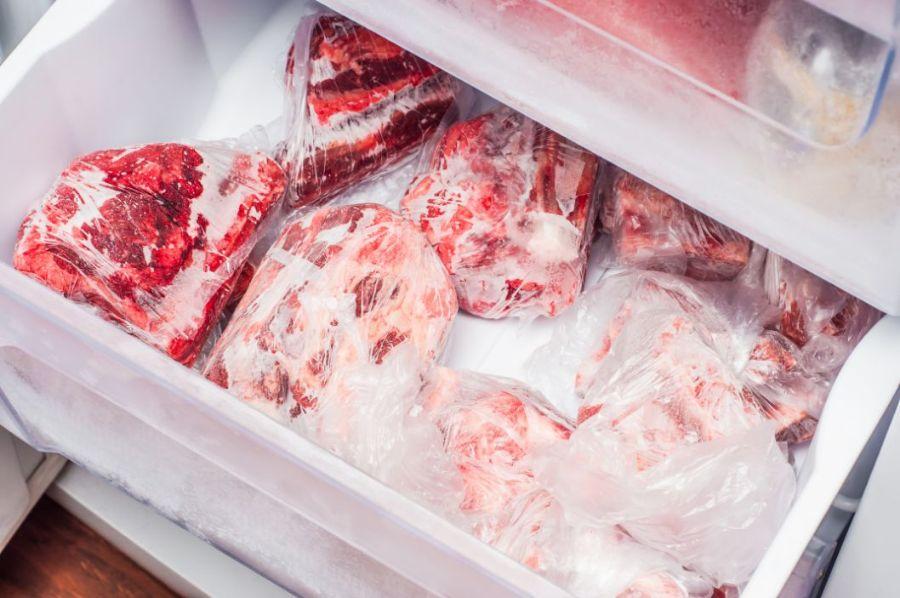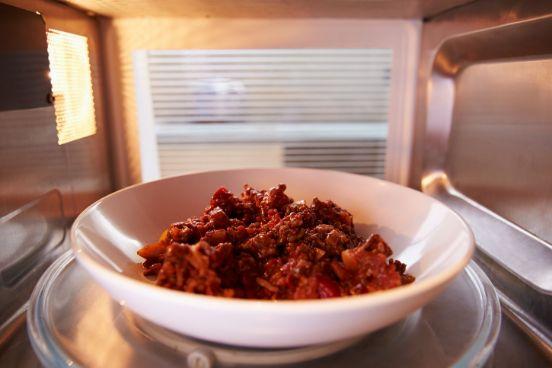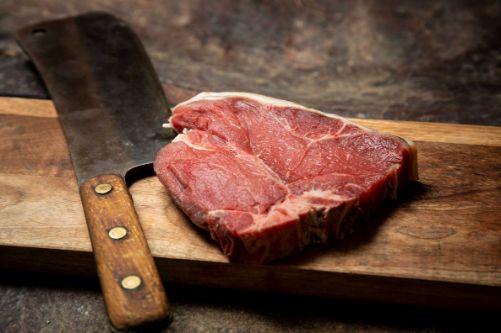- Home page
- Dive into cooking methods 101
- More tips up our sleeve
- Freeze defrost and reheat the right way
- How to freeze fresh beef or lamb
All you need to know
- Food from damaged packaging. Examples include dented or swollen cans, leaking containers and packages with broken or imperfectly formed seals.
- Cracked eggs.
- Any product that may have been tampered with (eg. broken safety seal).
- Food that is spoiled, such as mouldy or discoloured product. Spoilage microorganisms need to grow to high numbers to produce spoilage. If they can grow, pathogens or food poisoning bacteria can too!
- Food that is past the ‘use by date’. Food may still look, smell and taste OK after this date, but it may also contain dangerous numbers of pathogens and hence is unsuitable for health and safety reasons.
- Chilled or frozen food that is not chilled or frozen. These products need to be kept at low temperatures to minimise pathogen growth. Touch the packaging, particularly in supermarket fridges and freezers to determine whether they are still hard and cold.
- Chilled or frozen food stacked high in cabinets. Look for the maximum load indication line. Avoid food packed beyond the load line.
- Food in deli counters which could be cross-contaminated. This can be because ready-to-eat food is in contact with raw food or where staff at the deli counter do not use separate tongs or change gloves between handling raw and ready-to-eat foods.
Follow the recommended storage times below to enjoy beef or lamb at its best and safest
IDEAL TEMPERATURE -18°C TO -15°C
| Fresh Beef & Lamb Cuts | Freezer Storage Time* | |
|---|---|---|
| Uncooked | Sausage | 1-2 Months |
| Mince | 2-3 Months | |
| Strips | 2-3 Months | |
| Diced | 2-3 Months | |
| Thin Steaks (minute) | 2-3 Months | |
| Steaks | 3-4 Months | |
| Roasts (boned & rolled) | 4-6 Months | |
| Roasts (bone-in) | 4-6 Months | |
| Corned Beef | 4-6 Months | |
| Vacuum Packed Meat (unopened) | 4-6 Months | |
| Cooked | All Cooked Beef & Lamb Dishes | 1 Month |
Kitchen science
Why are freezer storage times for cooked lamb/beef dishes shorter than fresh meat?
Certain flavours in cooked dishes, such as onion and garlic, oxidise in the freezer over time – it's known as flavour tainting. Because many cooked beef dishes contain one or both of these ingredients, we recommend storing them for no more than one month to keep the flavours tasting fresh.
Safety matters!
Freezing beef prolongs storage time because it prevents microbial growth. Follow the recommended storage times to enjoy beef at its best and safest.



